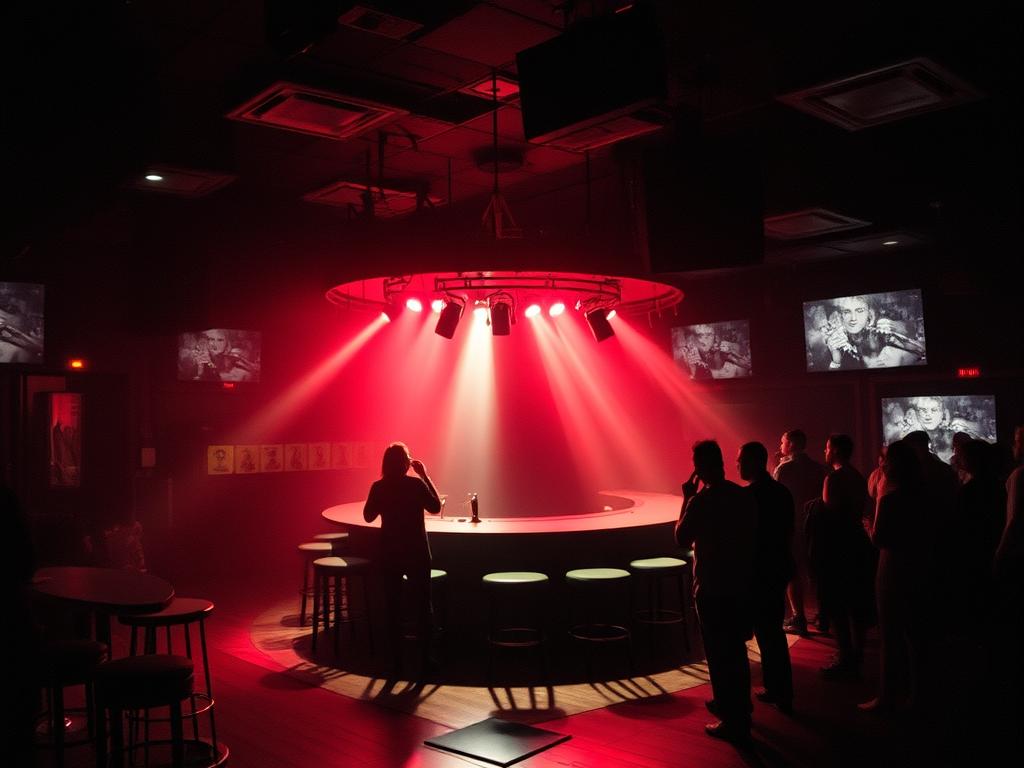
The Crisis Killing 400+ Western Nightclubs. There was a time when the Western nightclub was a crucible of culture—a dark, sweaty space where music, fashion, and social boundaries were forged. New genres were born in basements, and communities thrived under flashing strobe lights.
Today, that vibrant nightclub energy is fading. Walk through any major Western city, and the former hotspots are now luxury condos or chain restaurants. The handful of nightclubs that remain often feel sterile, risk-averse, and prohibitively expensive. This isn’t just an organic shift in public taste; it’s a systemic problem driven by excessive bureaucracy and economics that actively punish cultural risk.
The soul of nightlife is being stamped out, one permit application at a time.
The Regulatory Chokehold
The primary killer crisis of independent nightclubs is the overwhelming density of regulations. While safety and public welfare are non-negotiable, many modern rules treat nightclubs not as cultural assets, but as inevitable sources of crime and nuisance.
The scrutiny from local government agencies regarding nightclubs often goes beyond reasonable security checks and delves deep into operational minutiae. Noise ordinances are perhaps the most famous culprit. A basement venue operating for decades can suddenly be shackled by new, restrictive decibel limits spurred by the complaint of a wealthy new resident next door.
The result is a landscape where only corporate entities with deep pockets and specialized legal teams can afford to navigate the licensing labyrinth. Small, independent owners—the very people who foster true cultural innovation—are choked out before they can even get started.
The Cost Crisis: Where the Money Goes
Regulation crisis is burdensome enough, but when combined with the skyrocketing costs of urban real estate and punitive compliance measures, the financial model for a genuinely exciting nightclub becomes impossible.
Think about the economics of keeping a venue open until 4 AM. Insurance premiums for nightclub venues in major cities have reached crippling levels. Add to this the cost of mandatory, increased security personnel, increasingly complex CCTV systems, and the necessary soundproofing required to satisfy local councils, and margins evaporate.
These costs are inevitably passed onto the patron, resulting in $20 cocktails and exorbitant cover charges. This financial barrier destroys the spontaneous, egalitarian nature that historically defined successful nightclubs.
Regulation vs. Reality: The Price of Compliance
The table below illustrates how regulatory demands translate directly into financial burden and, ultimately, cultural decline in our nightclubs:
Regulatory Burden, Direct Financial Cost, Cultural Impact on Nightclubs
Increased Noise Curfews, Installation of expensive soundproofing (often ineffective), Limits genres/volume; kills peak-hour energy and spontaneity
Restrictive Liquor Licensing: High annual fees, specialized lawyers, mandatory food service. Creates high entry barriers for small, independent venues; favors large chains
Mandatory Security Requirements Expensive door staff/surveillance systems Shifts focus from immersive experience to compliance metrics; raises price of entry
“Late-Night Levy” Fees: Additional taxes applied specifically to venues open past midnight. Disincentivizes staying open late, accelerating a shift to earlier closing times
The Death of the Underground
The most tragic loss is the death of the “underground.” True artistic scenes thrive in cheap, slightly risky, and unregulated spaces. Today, the only venues that can afford to operate legally are those that are low-risk, easily digestible, and maximally profitable.
This pressure fuels homogenization. We lose the rough edges, the experimental music nights, and the cultural spontaneity that defines a vibrant city. Instead, we get bland, corporate bottle service clubs catering only to the elite, or sanitized venues that feel more like highly controlled, themed tourist attractions than cultural hotspots.
The result is a city that “rolls up the sidewalks” at 11 PM, devoid of the very spontaneity and vitality that made it attractive in the first place.
We Need a Policy Shift
We are at a crucial point. For Western nightclubs to survive and retain their cultural relevance, the government must fundamentally shift its perspective. They must move from viewing nightclubs solely as problems to be managed to recognizing them as essential cultural and economic engines.
This requires smarter policy: creating “Night Clubs” to mediate between residents and venues, establishing protected cultural zones, and implementing fee structures that support small, risky, independent operators rather than penalizing them.
If we don’t change course, the beat will fade entirely, leaving our cities quieter, safer, perhaps—but certainly soulless. The vibrancy of the night is a metric of cultural health, and right now, the patient is failing.
